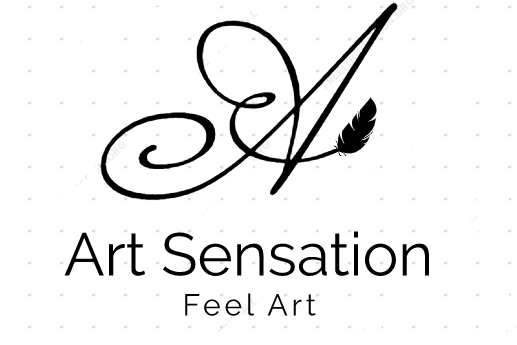The Nightmare by Fuseli is an oil painting on canvas by Swiss painter Johann Heinrich Fuseli, created in 1781. The painting depicts a terrifying scene where a sleeping woman is assaulted by a demon and a horse with glowing eyes. The canvas measures 101.6 x 127.7 cm and is housed in the Detroit Institute of Arts.
Historical context of the work
The Nightmare by Fuseli is part of the works that mark the beginning of Romanticism in painting, a movement that developed in late 18th and early 19th centuries in Europe. Romanticism is characterized by expression of personal feelings and passions, attraction to sublime and wonderful, interest in Middle Ages and popular legends, criticism of reason and society. Fuseli was born in 1741 in Zurich into family of painters and writers. He studied theology and ancient languages before devoting himself to painting. He traveled to Germany, France and England, where he settled permanently in 1779. He was influenced by works of Michelangelo, Raphael, Rubens and Rembrandt. He was also fascinated by English literature, especially Shakespeare, whose plays he illustrated. Fuseli exhibited The Nightmare for first time at Royal Academy London in 1782. The painting caused sensation and elicited contrasting reactions: some admirers saw it as original powerful work, others detractors saw it as shocking obscene work. The painting was quickly reproduced by engraving and disseminated throughout Europe. Fuseli himself created several versions of The Nightmare with variations.
Analysis
The painting depicts moment when woman is victim of nightmare in her bedroom. The scene takes place in dark oppressive setting. The composition is organized along descending diagonal that goes from upper left corner to lower right corner.
In foreground we see sleeping woman on bed covered with white sheet. She wears white dress that reveals her breast legs. She has arms spread head tilted down. She seems unconscious defenseless.
In middle ground we see demon who has settled on woman’s stomach. It is incubus evil creature that sexually abuses women during sleep. It has human appearance but with monstrous features: it has black skin shaggy hair red eyes pointed teeth clawed nails. It stares fixedly at viewer with mocking smile.
In third plan we see horse emerging behind red curtains bed. It is black mare animal associated with nightmares in European folklore. It has white glowing eyes that contrast with its dark coat. It opens its mouth as if to neigh or bite.
In last plan we see background room plunged into shadow. We vaguely distinguish table on which are placed broken mirror vial.These objects suggest that woman was interrupted in her reading or toilet by nightmare.The palette painting is dominated by dark cold colors (black gray blue) that create gloomy frightening atmosphere. Fuseli uses oil on canvas technique to create light shadow effects that accentuate contrast between woman creatures. He also takes care with details expressions textures shapes that demonstrate his skill imagination.
Interpretation
The Nightmare by Fuseli is work that illustrates theme fantastic in painting i.e representation irrational strange frightening. Fuseli expresses his personal vision dream by staging terrifying mysterious scene. Fuseli does not seek to explain meaning nightmare or convey moral religious message. Rather he freely draws inspiration from biblical text Book Job (4:13-15) where evil spirit appears to sleeping man.He also mixes elements from folklore mythology literature. Fuseli also addresses his cultured curious public who appreciate learned references symbolic allusions.He thus evokes his knowledge ancient art modern art; his admiration for Italian Flemish masters; his taste for dark fantastic themes. The Nightmare by Fuseli is therefore remarkable work for its technique expressiveness. It is also emblematic work Romanticism testifying artistic cultural talent Fuseli.
